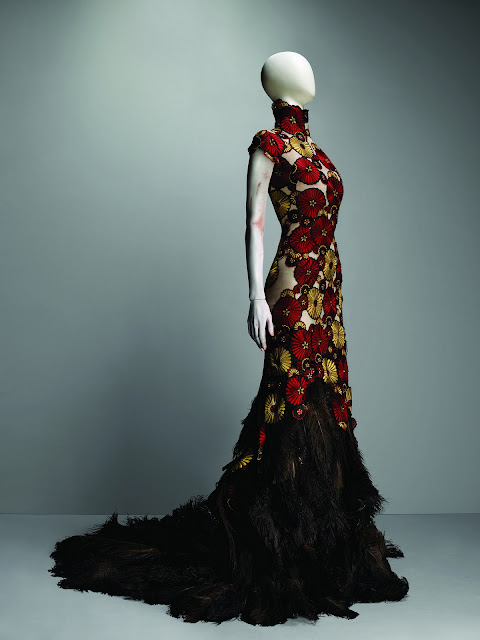The one and only Carine Roitfeld ( W Magazine, October,2011)
Fotógrafo/Photographer : Paolo Roversi
Modelo/Model : Former French Vogue editor and stylist Carine Roitfeld
( la mayoría de las prendas son de su propio armario/ most of the clothes are from her own wardrobe)
Carine Roitfeld , la que fue durante diez años editora jefe del Vogue francés, ha protagonizado una editorial llena de fuerza y magnetismo para W Magazine de la mano de su amigo y colaborador habitual Paolo Roversi. Fotografías personales en las que muestra su amor por la unión entre el arte y la moda; una mirada que atrapa e invita a descubrir el universo de esta cautivante mujer, a traspasar más allá de las prendas y sumergirse en su visión creativa, en sus ideas y proyectos.
Carine Roitfeld, who was for ten years editor in chief of French Vogue, has starred in an editorial full of strength and magnetism for W Magazine by the hand of his friend and frequent collaborator Paolo Roversi. Personal photographs in which she shows her love for the union between art and fashion; a gaze that captures and invites you to discover the universe of this captivating woman, to pass beyond the clothes and dive into her creative vision, her ideas and projects.
P.D: Acaba de publicar Irreverent, libro en el que recoge su vida, tanto profesional como privada, a través de imágenes; 368 páginas llenas de vitalidad y provocación; y para septiembre del 2012 lanzará su propia revista de forma independiente.
PS: She just published Irreverent , a book that collects his life, both professional and private, through images; 368 pages full of vitality and provocation; and in September of 2012 she will launch her own independent magazine .


























































